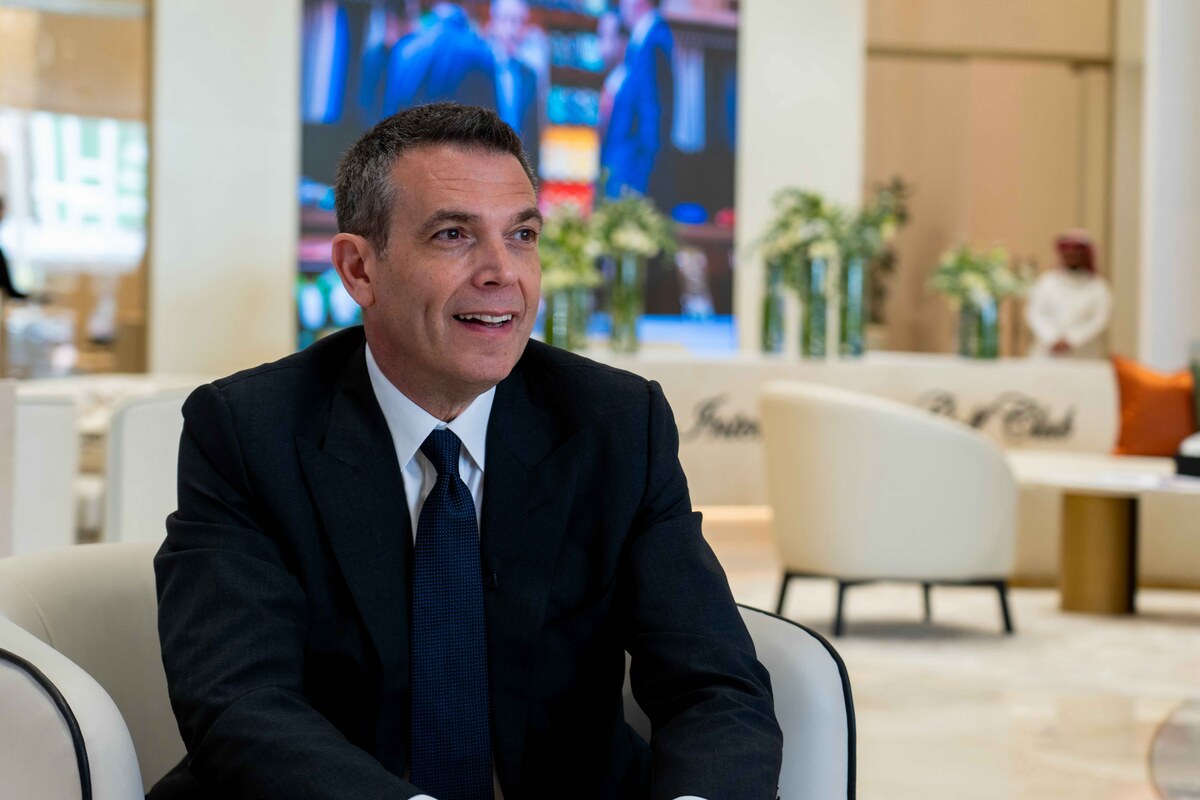JEDDAH: Saudi Arabia’s decision to waive fees for expatriate workers in the industrial sector has significantly contributed to a robust 14.7 percent increase in gross domestic product, soaring from SR392 billion ($104.5 billion) in 2019 to SR592 billion in 2023.
According to a report by the Economic Studies Center at the Federation of Saudi Chambers, this policy has not only spurred GDP growth but also enhanced non-oil exports, which have climbed to approximately SR208 billion, marking a 12 percent increase since 2019.
Effective until Dec. 31, this initiative is part of the Kingdom’s broader strategy to stimulate growth and attract investment in its industrial sector. The report also notes that the opening of new markets and the signing of various trade agreements have played crucial roles in this upward trend, with the local content value in non-oil sectors reaching SR1.14 trillion by the end of 2023.
Over 8,000 industrial firms have benefited from the waiver, which eliminated around SR5 billion in expatriate labor fees. The analysis highlights that this policy has encouraged industrial establishments to adopt innovative business models, localize advanced technologies, and attract skilled professionals, ultimately increasing the availability of products to meet local demand.
The number of products bearing the Saudi quality mark has also seen a rise, reflecting enhanced product quality. A comprehensive analysis conducted by the Saudi Press Agency evaluates the decision’s impact based on seven economic indicators, including GDP contribution, the growth of industrial establishments, and investment volumes.
Key findings indicate that the industrial sector’s GDP surged from SR392 billion in 2019 to SR592 billion in 2023, with a 14.7 percent contribution rate. The number of industrial establishments grew from 7,625 in 2019 to 11,868 in 2024, a growth rate of 55.6 percent, while investments in the sector increased by 54 percent, reaching SR1.5 trillion compared to SR992 billion.
Moreover, the report reveals a substantial rise in foreign investments due to government support measures, such as covering financial fees and implementing the local content system. The number of foreign factories jumped from 622 to 1,067, reflecting a 71.5 percent growth rate, while invested capital soared from SR43 billion to SR93 billion, marking a staggering 116.2 percent increase.
In terms of employment, the industrial sector employed around 1.2 million workers by the end of the first quarter of 2024, with 358,000 being Saudi nationals, resulting in a 28 percent Saudization rate. Workers in this sector accounted for 12.9 percent of all nationals employed in the private sector.
The report underscores that various government incentives have encouraged the private sector to increase Saudization, creating more job opportunities for citizens. The industrial sector emerged as the largest contributor to job creation for Saudis between Jan. 1, 2023, and March 31, witnessing a 59 percent increase with over 82,000 new jobs added.























